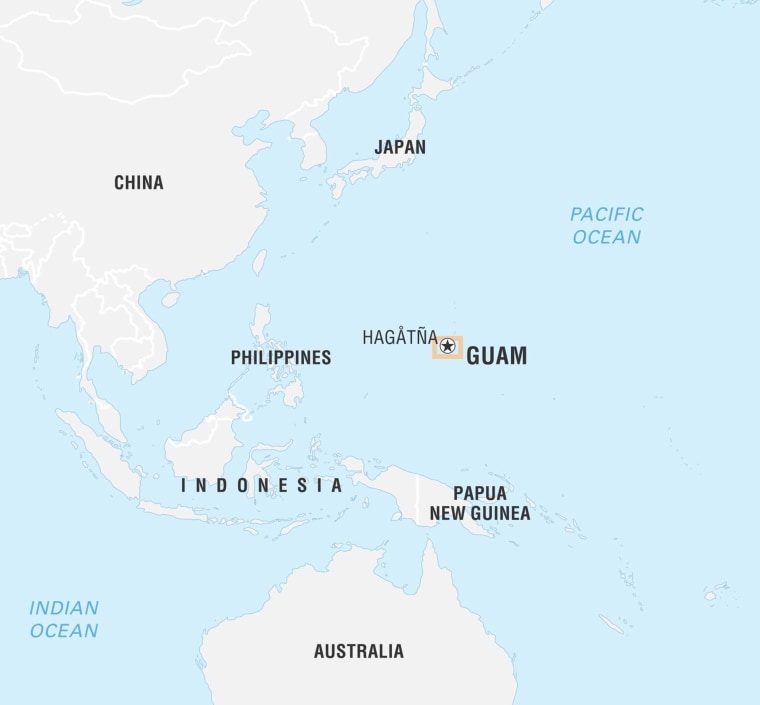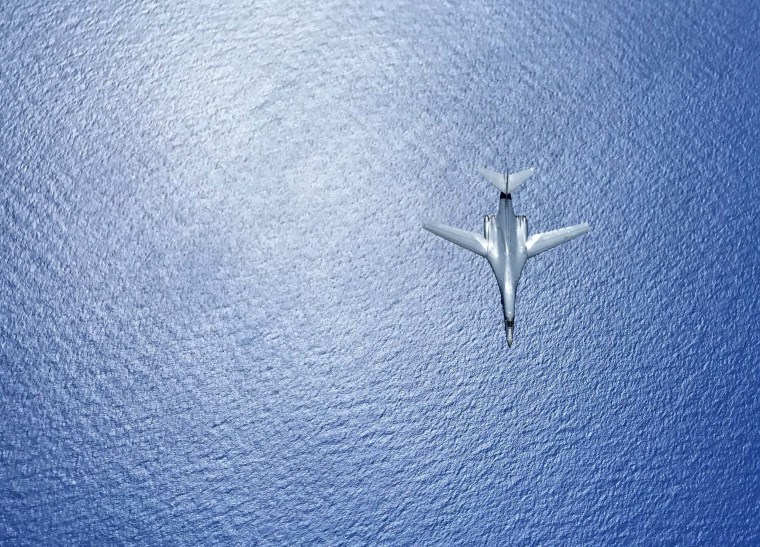HAGATNA, Guam — The North Korean army's announcement that it is examining operational plans for attacking Guam after rising tensions with President Donald Trump has brought more global attention to the tiny U.S. territory in the Pacific than it has had in decades. Here is a rundown on the island and it strategic importance.
Geographic basics
The strip of land in the western Pacific Ocean is roughly the size of Chicago, and just 4 miles wide at its narrowest point. It is about 2,200 miles southeast of North Korea, much closer than it is to any of the United States. Hawaii is about 4,000 miles to the east. Its proximity to China, Japan, the Philippines and the Korean Peninsula has long made the island an essential possession of the U.S. military.

U.S. relationship
Guam was claimed by Spain in 1565 and became a U.S. territory in 1898 during the Spanish-American War. Japan seized it for about two-and-a-half years during World War II. In 1950, an act of Congress made it an unincorporated organized territory of the United States.
It has limited self-government, with a popularly elected governor, small legislature, and non-voting delegate in the U.S. House of Representatives. Residents do not pay U.S. income taxes or vote in the general election for U.S. president. Its natives are U.S. citizens by birth.
Military history
The U.S. keeps a Naval base and Coast Guard station in the south, and an Air Force base in the north that saw heavy use during the Vietnam War. While already taking up 30 percent of the island, the American military has been seeking to increase its presence by relocating to Guam thousands of Marines who are currently based in Okinawa, Japan. Protecting the island is the U.S. Army's Terminal High Altitude Area Defense, or THAAD, which is used to shoot down ballistic missiles.
Last month, the U.S. twice flew a pair of supersonic bombers that took off from Guam over the Korean Peninsula in a show of force after two North Korean tests of intercontinental ballistic missiles. While there has been some resistance and displeasure from the people of Guam over the U.S. military's presence, it is also essential to the island's economy, second only to tourism in importance.
Police and government

The island was first populated about 4,000 years ago by the ancestors of the Chamorros, still the island's largest ethnic group. Now, about 160,000 people live on Guam. Its capital city is Hagatna and its largest city is Dededo.
Its chief languages are English and Chamorro. It has seen various popular movements pushing for greater self-government or even U.S. statehood, most notably a significant but failed effort in the 1980s to make it a commonwealth on par with Puerto Rico.
CORRECTION: (Aug. 9, 2017, 9:05 a.m.) An earlier version of this article misstated the location of Hawaii in relation to Guam. Hawaii is about 4,000 miles east of Guam, not west.